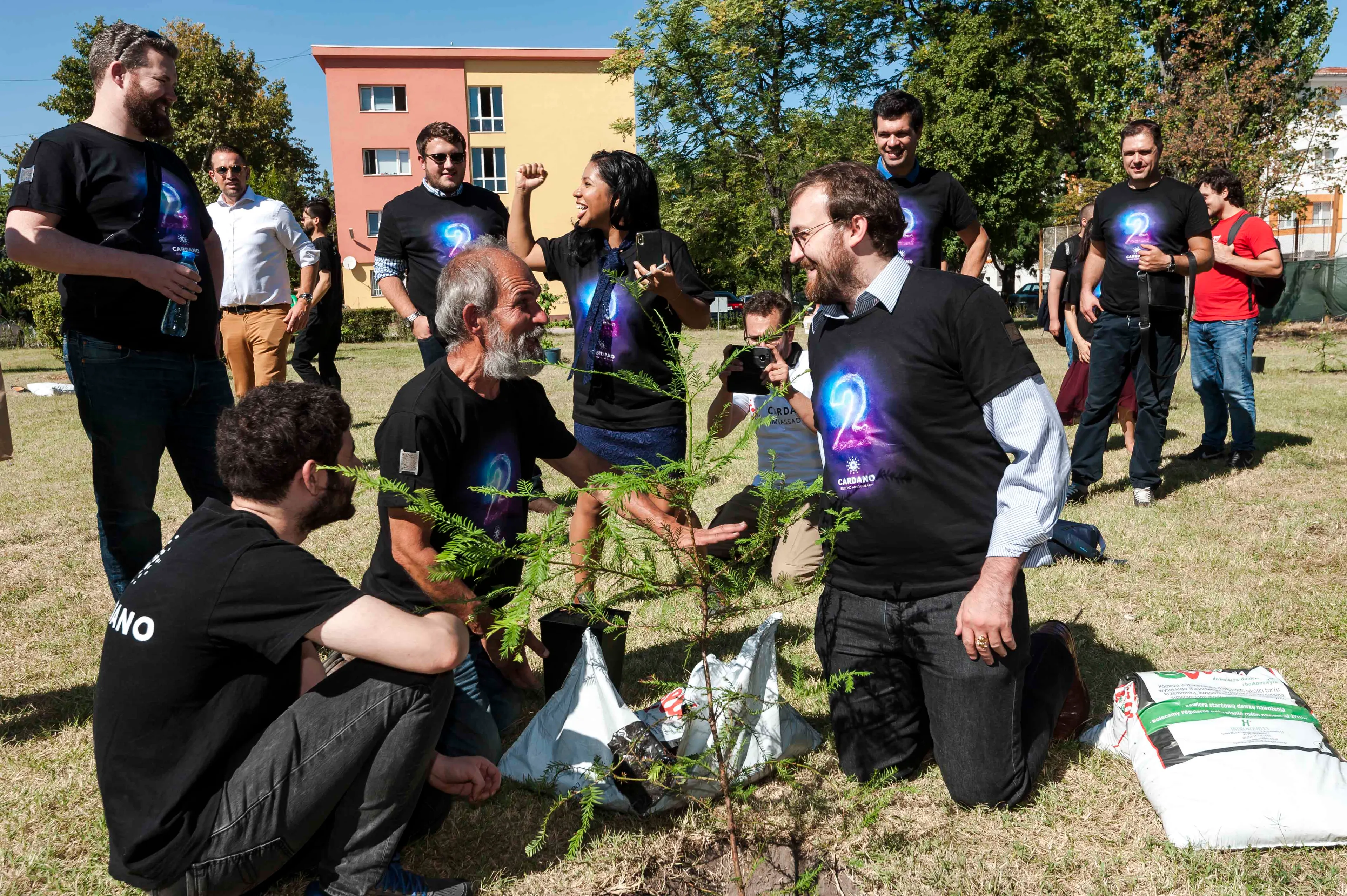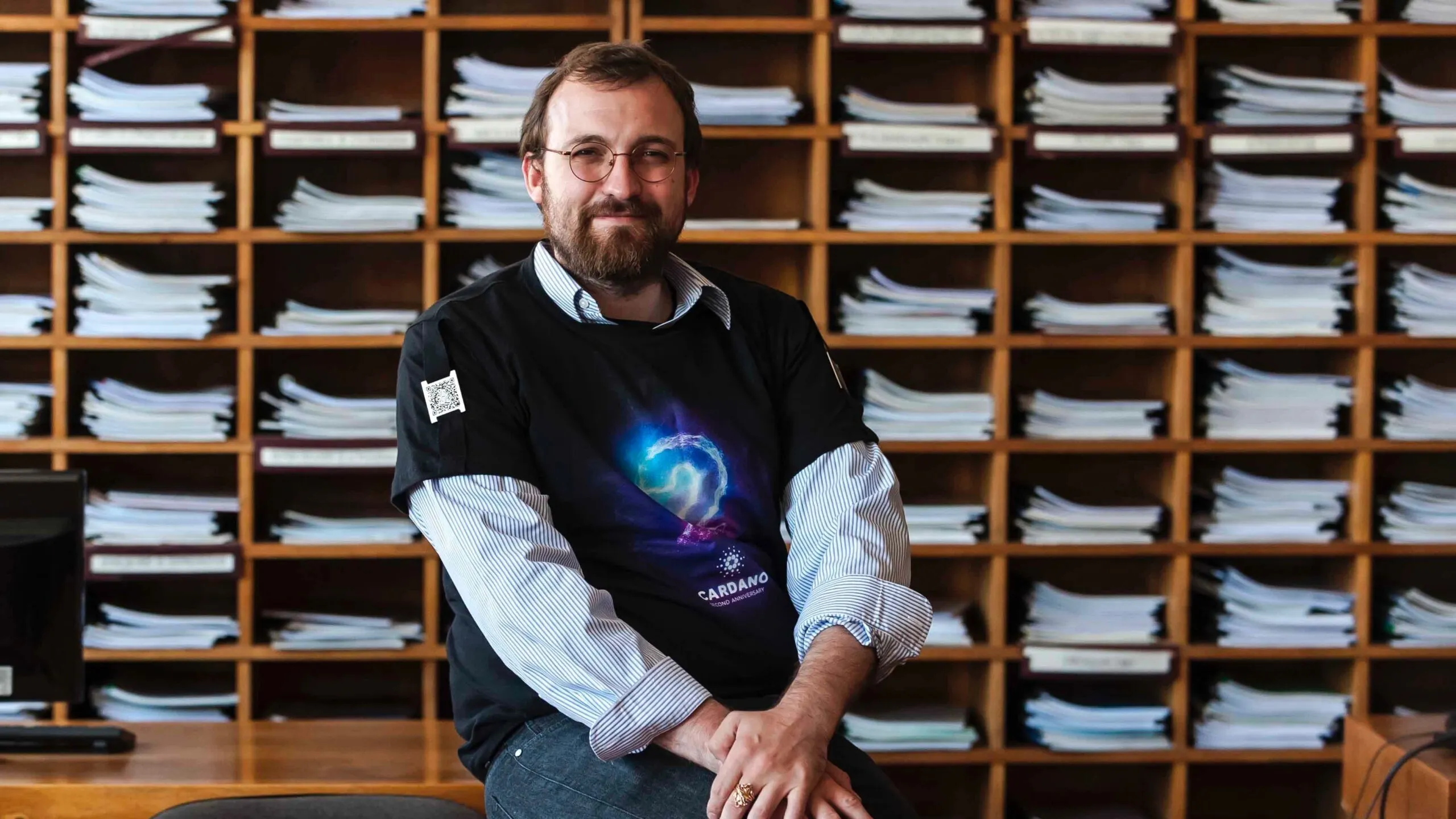In brief
- Cardano undergoes a hard fork today to prepare the ground for the "Shelley" mainnet
- ADA holders need take no action during the hard fork; for developers it's the cumulation of 18 months work
- The Shelley mainnet is expected to launch during Japan's cherry season, in approximately six weeks
What have cherry trees got to do with Cardano, the 11th most valuable blockchain by market cap? The blockchain executes a major technical update or hard fork today, in preparation for the much-anticipated debut of its decentralized “Shelley” mainnet—which is gearing up to launch during Japan’s famous cherry season.
The update is dubbed OBFT, which stands for Ouroboros Byzantine Fault Tolerance (BFT). Ouroboros is Cardano’s defining algorithm, and the project’s solution to proof-of-stake. Essentially, the consensus protocol is the algorithm that sits behind Cardano's capability as a decentralized proof-of-stake platform.
In a video released on Wednesday, Tim Harrison, director of marketing and communication at Cardano developer, IOHK, explained the significance of the upgrade.
He said that the hard fork introduces “a bridge between Ouroboros Classic, which we're currently using on the Byron mainnet, to Ouroboros Genesis, which is what will power the Shelley era.”
The Shelley era ushers in full decentralization for Cardano, in contrast to the current Byron era, with its federated blockchain.
And the Shelley mainnet launch could happen in as little as six weeks, according to some estimates, integrating the Shelley testnet into Cardano’s mainnet.
Six weeks.
— James Kelley (@kelleyllc) February 16, 2020
Cardano is undergoing a series of network upgrades
However, it’s impossible to provide a definitive date for Shelley. The hard fork is part of a series of network updates, improvements and releases over the coming weeks. These include the rollout of the Shelley Haskell testnet, in which all the code currently in the Rust programming language will be changed to Haskell, an industrial strength code base that delivers the resilience necessary for mission-critical systems.
In a broadcast earlier this month, Cardano founder Charles Hoskinson said the series of updates being rolled out will gradually update all the current software, bringing improvements across the board. It will, he said, make the network more secure and iron out the issues some users have experienced with the platform’s staking testnet, the ITN (Incentivized Test Net).
“I don’t anticipate that the experiences you’ve had with the ITN— some of the instabilities we’ve had with the ITN—will translate over to the Haskell side. I think we should have very mature software, even for that stake pool migration testnet,” said Hoskinson.
He also said that the launch date for Shelley was dependent on the upgrades that will be introduced in the coming weeks:
“Towards the end of February we should have a firm date set for the stakeholder migration; when when we get to the stakeholder migration phase, we’ll have a firm date for the launch of the main net.”
Hoskinson said he didn’t want to over-promise, but was hoping to celebrate the Shelley mainnet in Kyoto, during its colourful cherry blossom season, which this year is estimated to begin on March 26 and last until April 3. His love of trees is well documented.

He added that, at the launch party, more details about IOHK’s identity product, dubbed Prism, would be unveiled.
The hard fork is due to hit at “epoch 176,” which can be seen on the project’s block explorer. However, Harrison stressed that, unlike hard forks on other blockchains, the upgrade is “happening very much behind the scenes." He added that holders of Cardano’s token ADA need not take any action during the hard fork. But, for the developers, he said, it’s the culmination of 18 months’ work.

